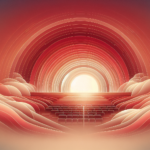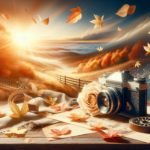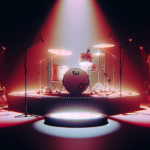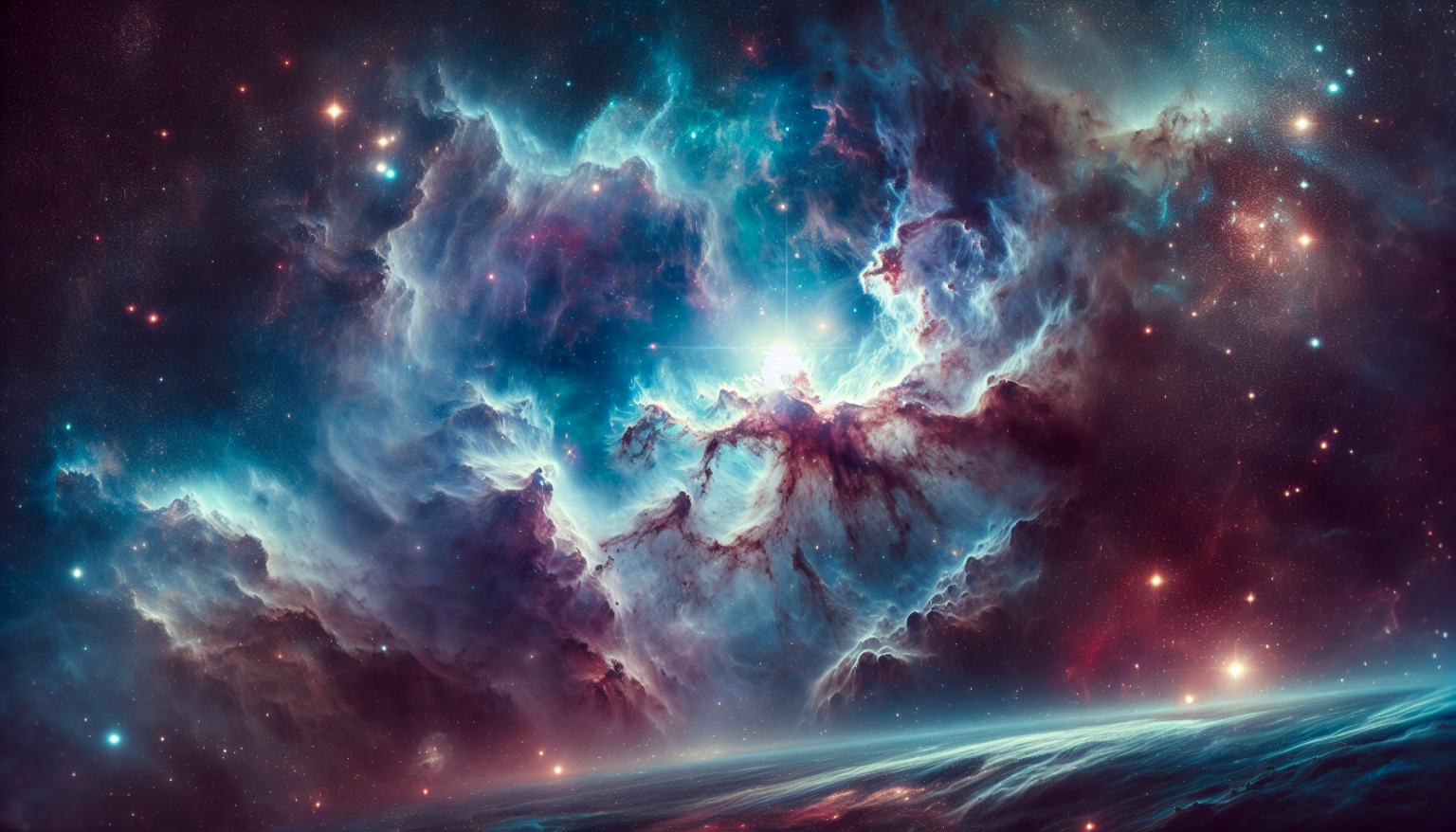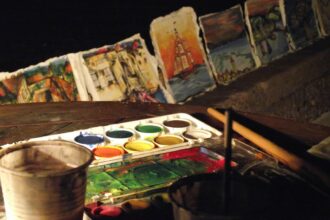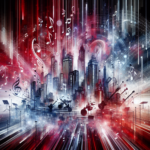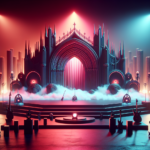The Dark Energy Camera has captured a breathtaking image of the star-forming region Chamaeleon I. The image shows the complex beauty of this area, which is about 500 light-years from Earth. Chamaeleon I is the closest star-forming region to our planet.
This makes it a great place for astronomers to study how stars and planets are born in detail. The camera’s 570-megapixel power shows the beauty of young stars lighting up the gas and dust between stars. This helps scientists learn about how stars and planets form.
Chamaeleon I is a stellar nursery. Stars are born here from huge pockets of hydrogen gas that collapse due to gravity. These collapsing gas regions become stars, often in their early stages.
The image shows these processes clearly. The dark clouds of Chamaeleon I stand out against bright reflection nebulae. These are clouds of gas and dust that reflect light from the young stars inside them.
Regions like Cederblad 111 and Cederblad 110 show areas where new stars are forming. The Chamaeleon Infrared Nebula, which looks orange, lets us see into the heart of this region. It is made by powerful jets of matter coming from new stars.
As stars form, they change their surroundings a lot. In Chamaeleon I, young stars shape the gas around them by sending out strong jets of material.
Star birth in Chamaeleon I
These jets make tunnels in the gas, creating structures like the Chamaeleon Infrared Nebula. Herbig-Haro objects, which look like small red patches in the image, are places where jets from young stars hit the gas and dust around them. These collisions make glowing regions that show where stars are being born.
Chamaeleon I is home to many young stars and brown dwarfs. Over 200 of these objects were found by astronomer Kevin Luhman in 2017. Most of these stars are in two clusters.
One formed about 5-6 million years ago and the other about 3-4 million years ago. The stars are mostly low-mass red dwarfs, which are the most common type of star in the Milky Way galaxy. Studying these stars helps us understand how stars of different sizes form from molecular clouds.
The formation of Chamaeleon I is affected by bigger events in space. It sits at the edge of the Local Bubble, a region shaped by shockwaves from multiple supernovas over the past 20 million years. These shockwaves have cleared away gas in the area, letting the denser gas of the Chamaeleon Complex collapse and form stars.
This location is good for star formation in Chamaeleon I. The molecular cloud is dense enough for gravity to make it collapse. It is also affected by supernovas that have triggered and shaped how the stars form.
The Dark Energy Camera has painted a cosmic masterpiece of Chamaeleon I. It shows us where stars are born in stunning detail. This image is a window into the fascinating processes that create the stars and planets of our universe.



